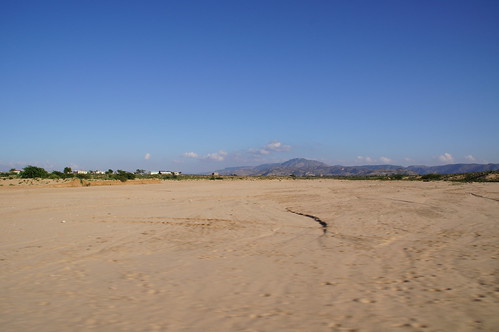In third world countries, the leading cause of death is often drinking water contaminated with life-threatening bacteria. In fact, outside of the United States and Europe, there are many people forced to drink water they know is contaminated on a daily basis. The situation is dire but, thanks to a number of enterprising inventions and angel funding for production, innovative methods of bringing water to drought-stricken countries, such as the four below, are beginning to alleviate the problem one drop at a time.

Purifying Water with the Heat From the Sun
One thing that all third world countries have access to is sunshine, at least for part of each day or week or month. The clear plastic Solar Ball, although it looks like an exercise device for a hamster, actually uses the process of evaporation to separate contaminants from water. The condensation on the inside of the ball is potable water. The Solar Ball is also easy to transport and inexpensive to produce, giving two additional benefits.
Water in a Sack
Many global charities provide food to third world countries in the form of grain, using sack-like containers. The Life Sack company came up with the brilliant idea of making a container with a dual purpose; one that could be reused as a water purification kit after the grain was emptied. It, too, utilises heat from the sun to filter contaminants while the thermal properties of the bag kill bacteria and organisms. It’s easy to transport by slinging it across the shoulders like a backpack.
Straw of Life
Another innovative way to purify water comes in the form of a small tube that contains some compact, but brilliant, engineering. Meant for individual use, it filters out bacteria that causes such life-threatening diseases as dysentery, typhoid, and cholera between the water source and the drinker’s lips. While it only works for one serving of water at a time, it is portable and because it doesn’t require any special preparation, more likely to be used regularly.
Water from Fog
In ‘wet’ countries such as Peru, fog can become a source of potable water. Huge nets stretch across the land to collect the fog. Rather than rely on condensation, the fog sticks to the net’s mesh and after accumulation, turns into water. The water droplets fall from the net into a collection gutter and then into a holding tank. This happens in a surprisingly short time made even quicker with multi-layered nets.
With advances in technology and innovation occurring every day there is no doubt that more methods of bringing potable water to the world’s neediest people are already in process. Don’t forget how fortunate you are to simply grab a bottle of water and drink to your heart’s content – and how important it is to save the world’s people by providing them with potable water.
Damien Higgins writes for Eden Springs, who support charitable initiatives all year round. The company’s Eden Springs office water dispenser provides delicious water at work.

